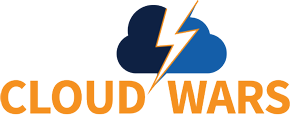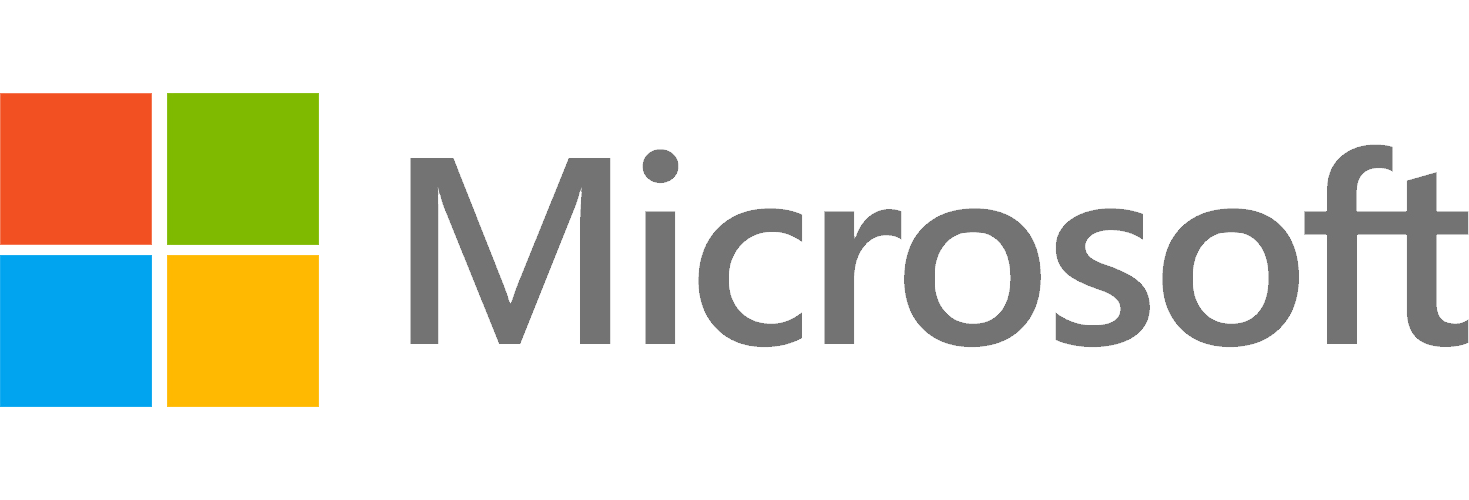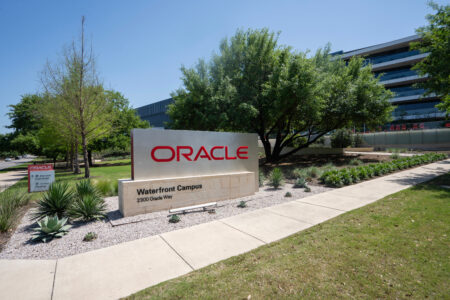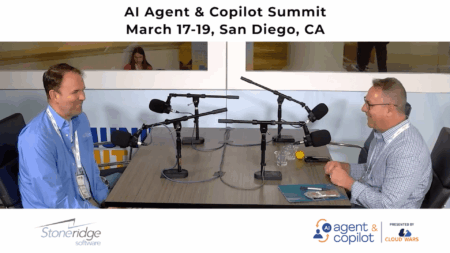
As the volume and sophistication of AI agents continue to expand, Microsoft is giving developers new tools to simplify integration with diverse tools and data sources while orchestrating workflows across multiple agents.
The new features are delivered in the Microsoft Agent Framework, part of Azure AI Foundry and now in public preview, that’s designed to help developers manage projects within the flow of their work, rather than switching between tools and platforms.
Such tools are essential to ensure that the ability to build, manage, and govern agents keeps pace with the rate of AI innovation and the rollout of agent initiatives across a range of horizontal functions and vertical industries. The Microsoft Agent Framework’s impact is potentially far-reaching: Azure AI Foundry is used by over 70,000 organizations, Microsoft said in detailing the updates.
Open Source and Standards Focus
Microsoft’s new agent framework consists of an open-source software development kit (SDK) and a runtime to simplify multi-agent orchestration. It combines the existing AutoGen research project and Semantic Kernel into a commercial framework. AutoGen is an open-source framework for building AI agents, while Semantic Kernel is an open-source development kit for building AI agents.
Using the newly named agent framework, developers will be able to experiment on a local basis, then deploy agents to Azure AI Foundry, with observability and compliance built into those agents from the outset.
Developers will gain significant functionality for cross-agent and agent-to-system communication in Microsoft’s new framework. They can collaborate across agents using the widely supported Agent2Agent, or A2A, protocol. They can also connect to tools and systems on a dynamic basis through support for the also widely supported Model Context Protocol (MCP).
By offering built-in support for these two rapidly emerging specifications, the framework simplifies integration between agents, as well as agents and systems, to enable automation in workflows that span platforms from diverse vendors.
Further, the agent framework enables developers to use Microsoft’s Magentic-One to orchestrate agents into their workflows. Magentic-One is an open source system to address complex tasks using agents; it includes an orchestrator to plan and track progress and that directs other agents to complete tasks.
KPMG, the large audit and consulting firm, said it’s using the agent framework along with its Clara AI smart audit platform. By leveraging the Microsoft agent framework, KPMG Clara AI can interoperate with Azure AI Foundry as well as external systems and AI models, while benefiting from the framework’s built-in safeguards and its developer ecosystem.

AI Agent & Copilot Summit is an AI-first event to define opportunities, impact, and outcomes with Microsoft Copilot and agents. Building on its 2025 success, the 2026 event takes place March 17-19 in San Diego. Get more details.
Adding Multi-Agent Workflows, Unified Observability
Microsoft is extending the agent framework functionality detailed above to the cloud with multi-agent workflows in Foundry AI Agent Service; this means developers will be able to orchestrate complex, multi-step business processes using structured workflows, coordinating multiple agents across long-running tasks that function in a persistent state. They can automate complex processes such as customer onboarding, financial transaction processing, and supply chain automation.
Workflows can be created and debugged visually through the Microsoft VS Code Extension or Azure AI Foundry; they can then be deployed, tested, and managed in Foundry.
In other developments, Microsoft laid out enhancements to multi-agent observability, with contributions to OpenTelemetry — an open-source observability framework — that help standardize tracing and telemetry for agentic systems; this will yield better visibility into agent workflows and collaboration features.
Azure AI Foundry now provides unified observability for agents with multiple frameworks including the new Microsoft framework, as well as LangChain, LangGraph, and OpenAI Agents SDK.
Finally, Microsoft is entering public preview with new responsible AI features that include task adherence to help agents stay aligned with assigned tasks, prompt shields that protect against prompt injection, and PII detection for identifying and managing sensitive data.
Collectively, these features are another indicator of leading vendors extending and opening their AI toolsets to third parties and the open-source community, so their tools can be readily plugged into unlock the true power of AI to inject automation into complex workflows and processes. That’s an important development and we should expect to see other major vendors to continue to follow suit.
Ask Cloud Wars AI Agent about this analysis










